Overview
Map
Other Details
كنيسة سيّدة المهاجرين
Aabdine
Bcharre
North
كنيسة سيّدة المهاجرين - عبدينبنيت الكنيسة سنة ١٩٤٩ بسعي حثيث من خادم الرعيّة آنذاك الخوري بولس العلم، الذي ما وفّر جهدًا مع أبناء البلدة المهاجرين لبناء كنيسة كبيرة للبلدة. هي الكنيسة الوحيدة المكرّسة لسيّدة المهاجرين التي يقع عيدها في ١٨ أيلول من كلّ عام، تذكار هجرة المسيح الى مصر. المذبح الكبير مستقدم من دير راهبات الناصرة في بيروت سنة ١٩٦٢، وهو إيطاليّ الصنع. أمّا اللوحات فوق المذابح فهي من عمل يوسف بو هارون من زغرتا، وفي الكنيسة لوحة أخرى للسيّدة من عمل جوزيف فبيان العلم.The church of Our Lady of Immigrants - AbdinThe church was built in 1949 with the aids of the village’s diaspora and the hard work of Fr Boulos El Alam who raised funds for the project. It is the only church with this dedication. Its feast day is celebrated on the 18th of September every year, the commemoration of the Flight to Egypt. The high altar is Italian and was brought from The Sisters of Nazareth Monastery in Beirut in 1962. The paintings over the altars are the work of Joseph Bou Haroun. The church holds another painting of the Madona done by Joseph Fabien El Alam.
Visited 2425 times, 1 Visit today


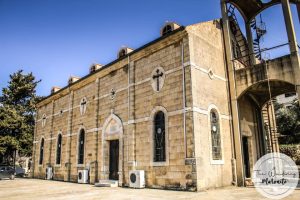
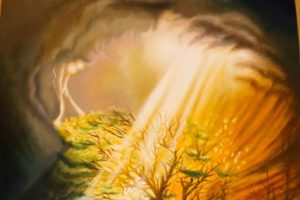

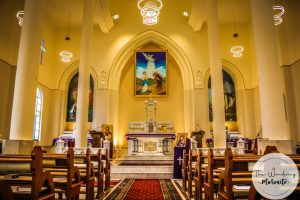
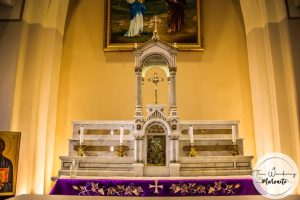
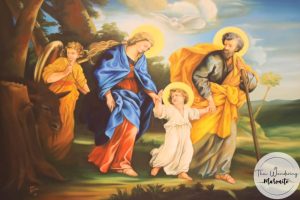
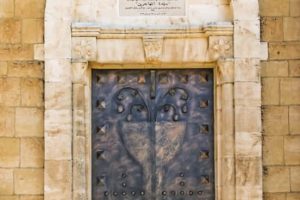
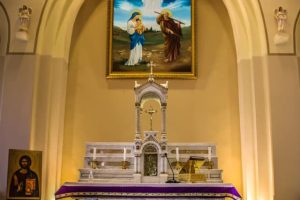








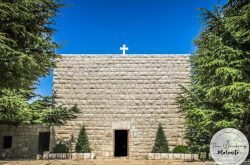


Reviews are disabled, but trackbacks and pingbacks are open.